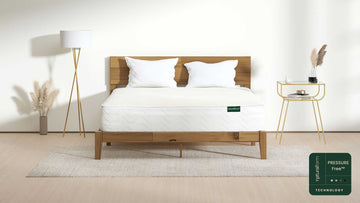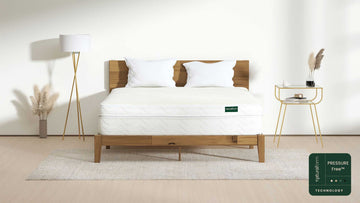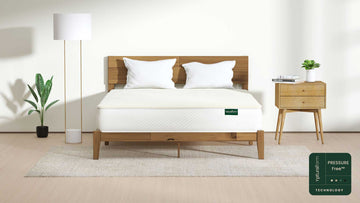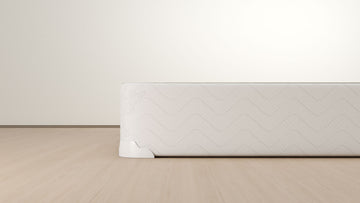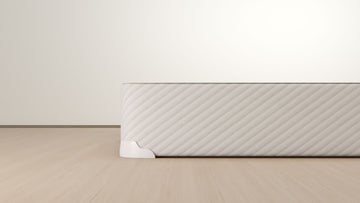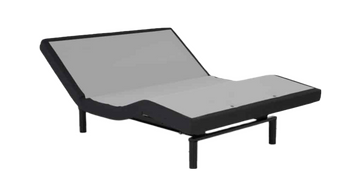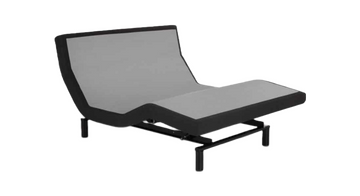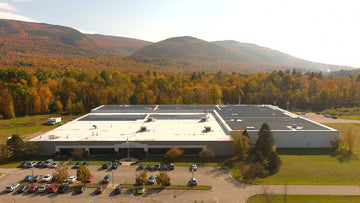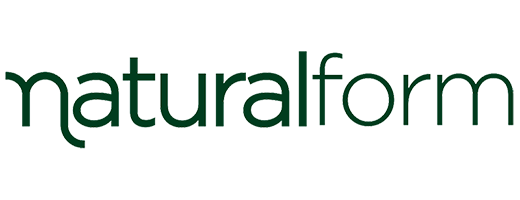Introduction
The STANDARD 100 by OEKO-TEX® is a worldwide consistent, independent testing and certification system for raw, semi-finished, and finished textile products at all processing levels, as well as accessory materials used. Examples of articles that can be certified: raw and dyed/finished yarns, woven and knitted fabrics, accessories, such as buttons, zip fasteners, sewing threads or labels, ready-made articles of various types (garments of all types, domestic and household textiles, bed linen, terry products and much more).
Criteria
Since its introduction in 1992, the central focus of the STANDARD 100 by OEKO-TEX® has been the development of test criteria, limit values and test methods on a scientific basis. On the basis of its comprehensive and strict catalogue of measures, with several hundred regulated individual substances, the STANDARD 100 by OEKO-TEX® takes account of:
- Important legal regulations, such as banned Azo colourants, formaldehyde, pentachlorophenol, cadmium, nickel, etc.
- Numerous harmful chemicals, even if they are not yet legally regulated.
- Requirements of Annexes XVII and XIV of the European Chemicals Regulation REACh as well as of the ECHA SVHC Candidate List insofar as they are assessed by expert groups of the OEKO-TEX® Association to be relevant for fabrics, textiles, garments or accessories. Discussions and developments that are considered to be relevant are taken into account as quickly and effectively as possible through updates to the STANDARD 100 by OEKO-TEX® requirements.
- Requirements from the US Consumer Product Safety Improvement Act (CPSIA) regarding lead.
- Numerous also environmentally relevant substance classes
With its decades of experience, the STANDARD 100 by OEKO-TEX® therefore contributes to high and effective product safety from a consumer’s point of view. Test criteria and limit values in many cases go far beyond applicable national and international standards. Extensive product checks and regular company on-site visits also ensure that the industry has a globally sustainable awareness of the responsible use of chemicals. With this concept, the STANDARD 100 by OEKO-TEX® has taken on a pioneering role for many years.
Labratory tests and product classes
The OEKO-TEX® tests for harmful substances are fundamentally based on the respective purpose of the textiles and materials. The more intensive the skin contact of a product and the more sensitive the skin, the stricter the human-ecological requirements that need to be complied with.
Accordingly, a distinction is made between four product classes:
-
Product class I:
Articles for babies and toddlers up to 3 years of age (underwear, rompers, clothing, bed linen, terry products etc.) -
Product class II:
Articles that are worn close to the skin (underwear, bed linen, t-shirts, socks etc.) -
Product class III:
Articles used away from the skin (jackets, coats etc.) -
Product class IV:
Decoration/Furnishing materials (curtains, tablecloths, upholstery covers etc.)
Certification
The precondition for the certification of products in accordance with STANDARD 100 by OEKO-TEX® is that all parts of an article meet the required criteria – in addition to the outer fabric, for example, also the sewing threads, inserts, prints etc., as well as non-textile accessories, such as buttons, zip fasteners, rivets etc.
Additional preconditions are the existence and application of operational quality assurance measures, as well as the legally binding signing of undertakings and conformity declarations by the applicant.
